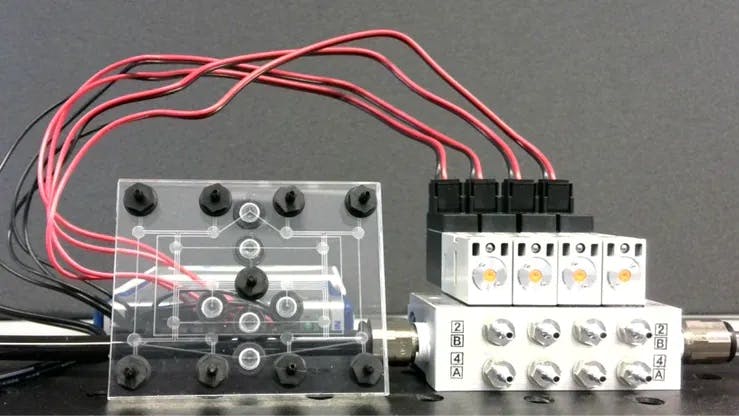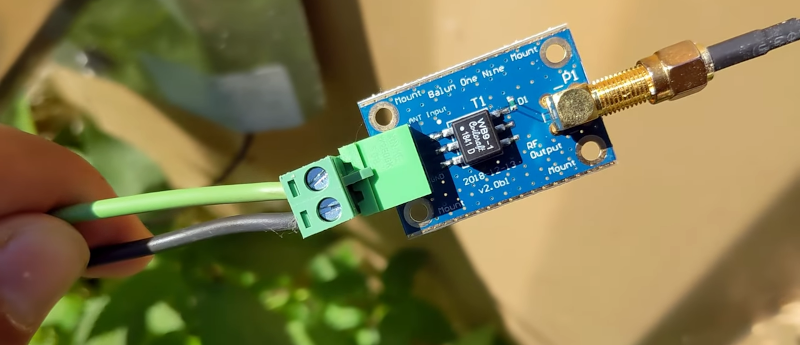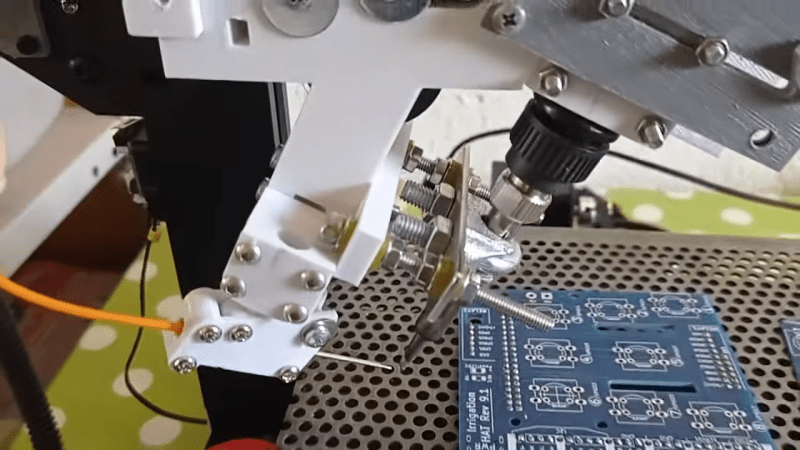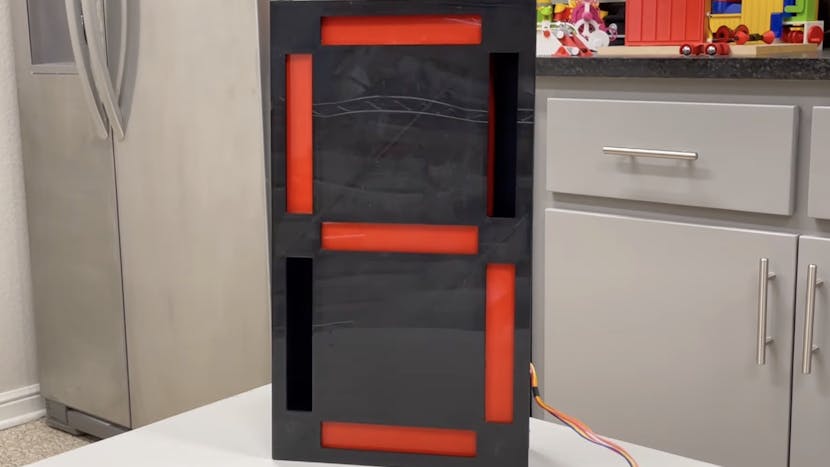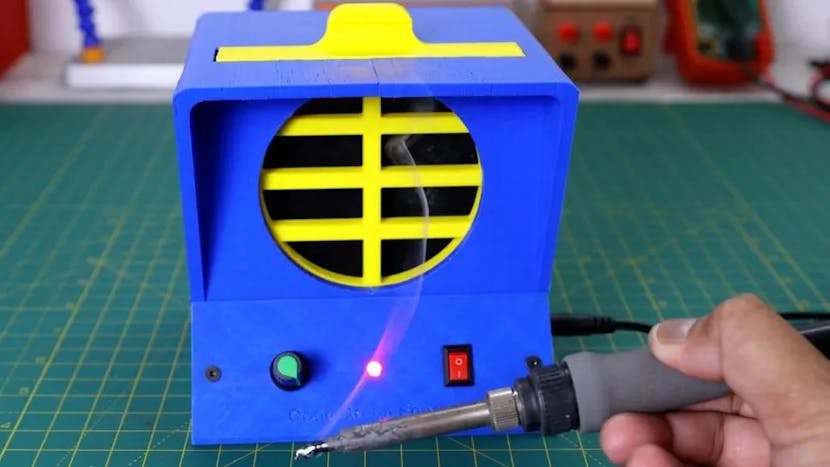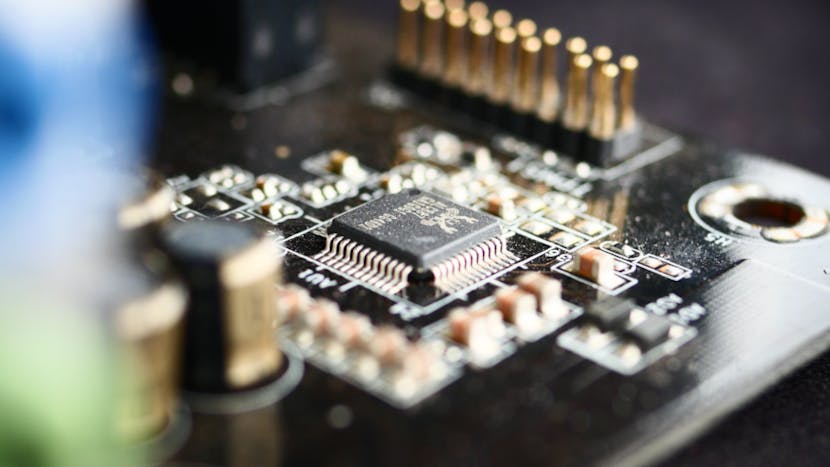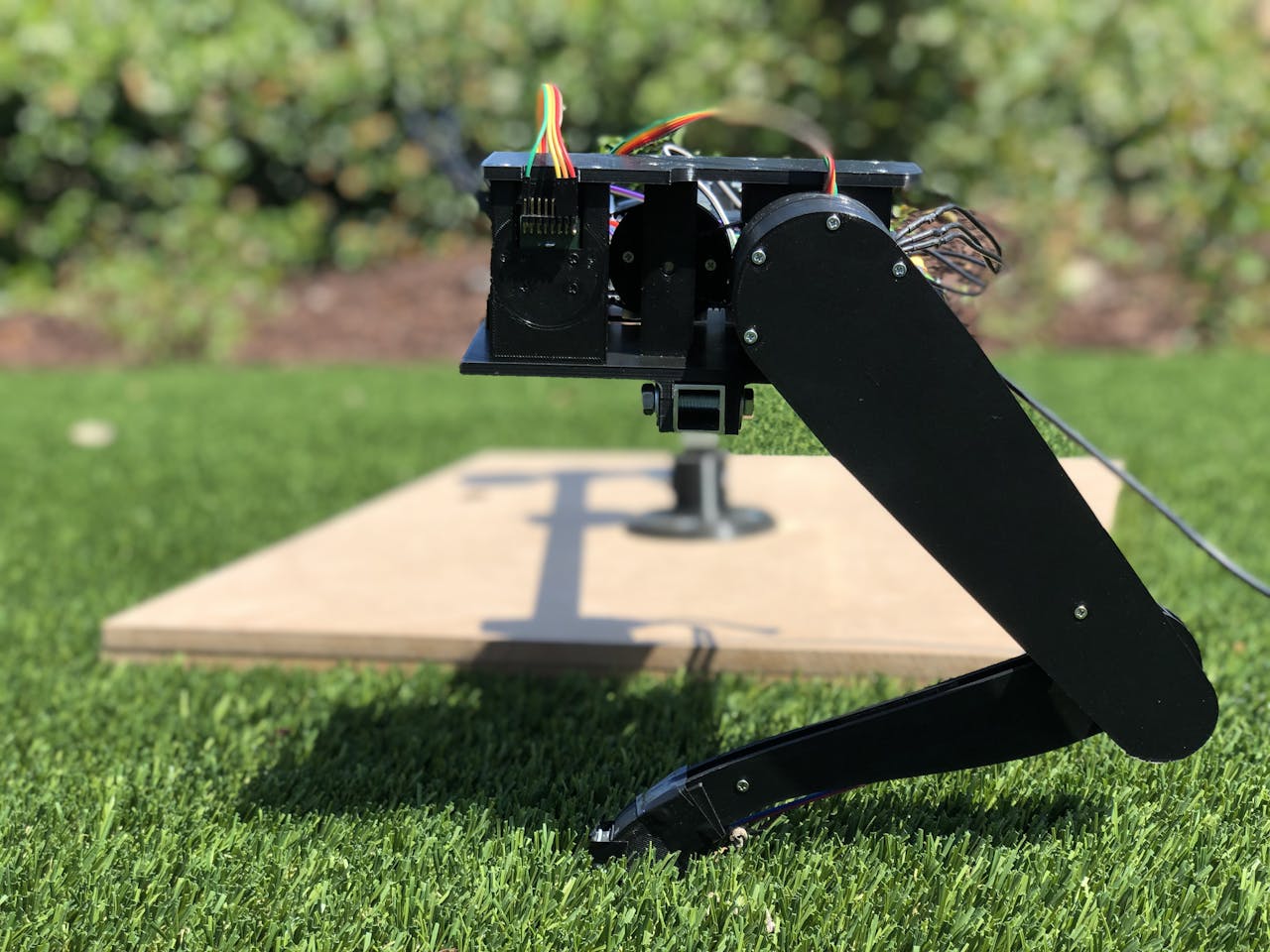Inspired by player pianos and thermostats from the early 1900s, Airhead ditches electronics in favor of pneumatic RAM modules.
University of California at Riverside (UC Riverside) engineers have created what they describe as “air-powered computer memory,” which drives a robot — dubbed, amusingly, “Airhead” — to play the piano.
“Pneumatically-actuated soft robots have advantages over traditional rigid robots in many applications,” the researchers write in the abstract to their paper. “In particular, their flexible bodies and gentle air-powered movements make them more suitable for use around humans and other objects that could be injured or damaged by traditional robots.”
